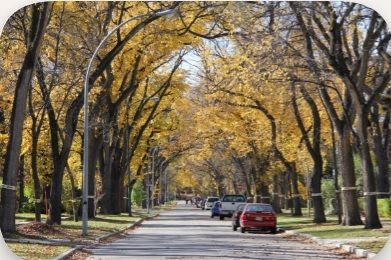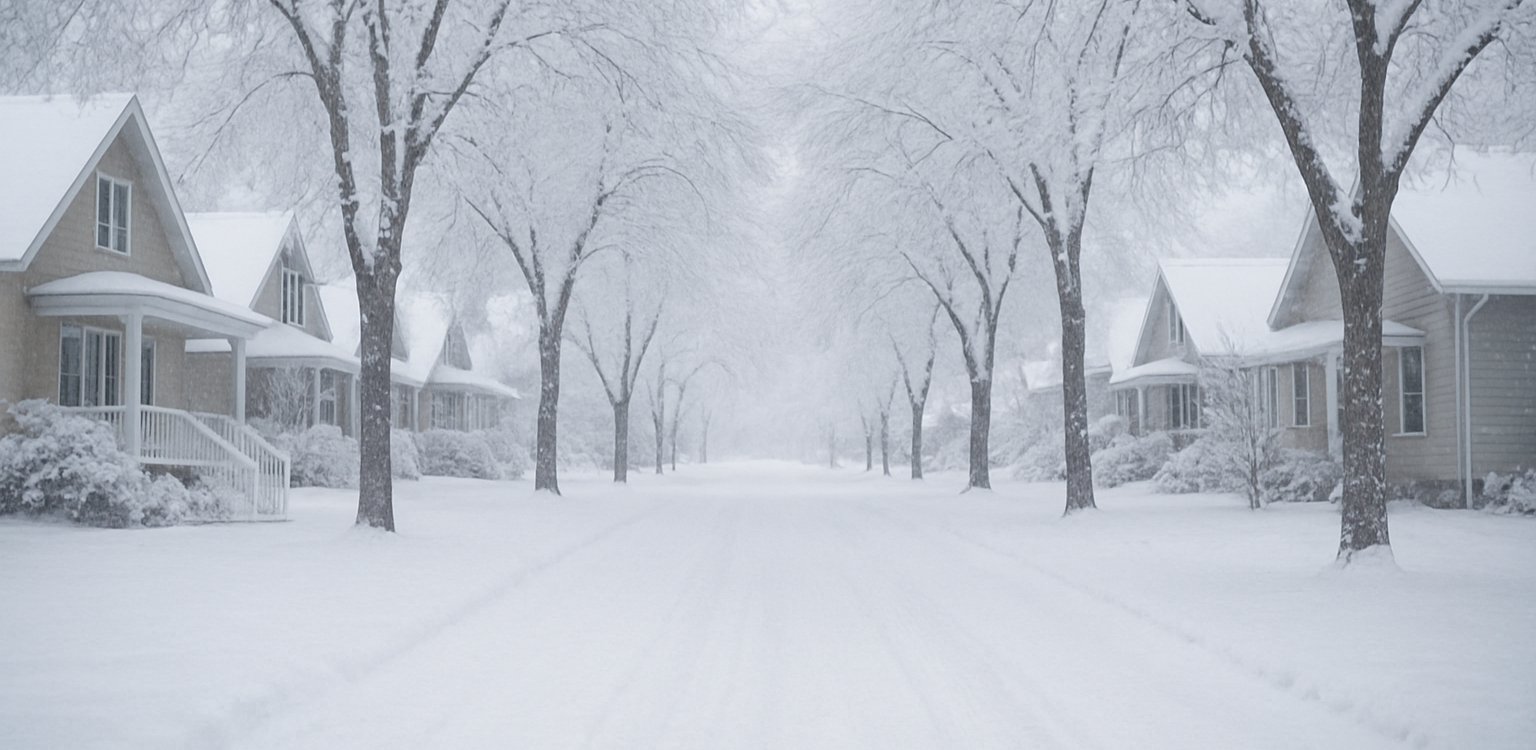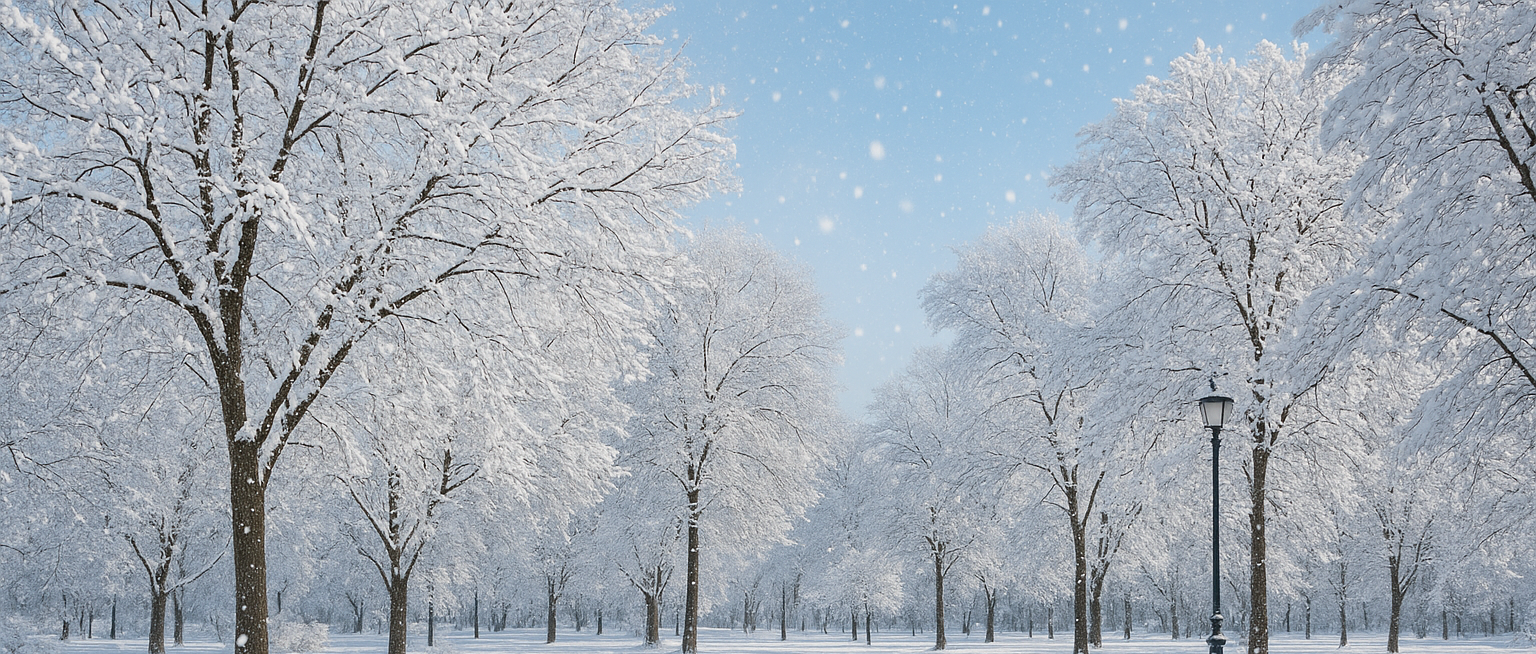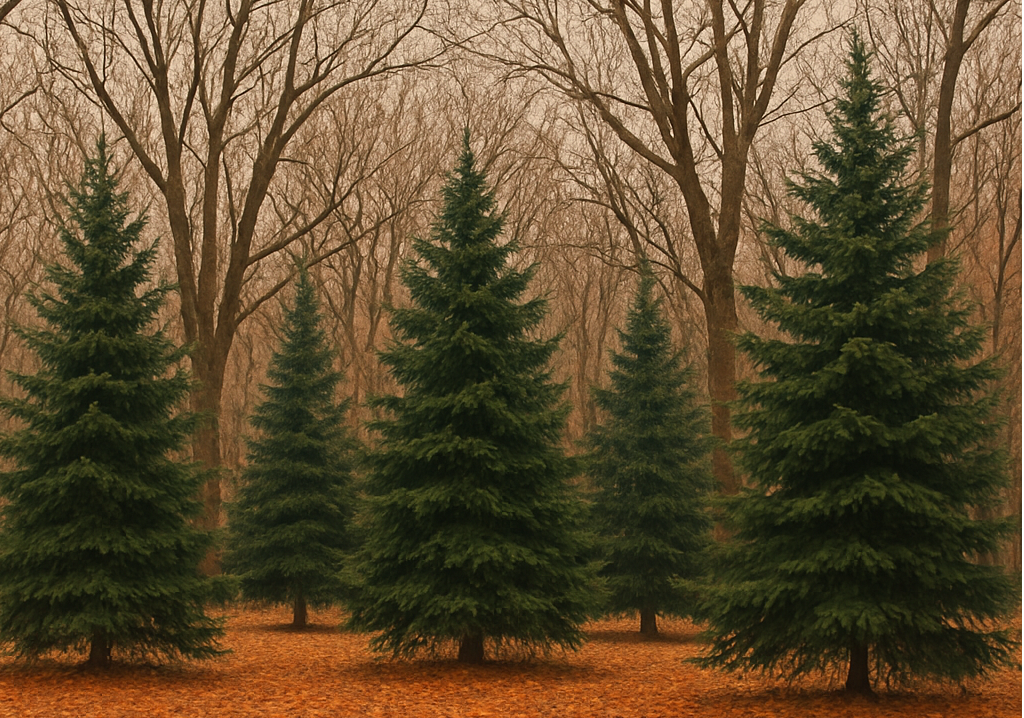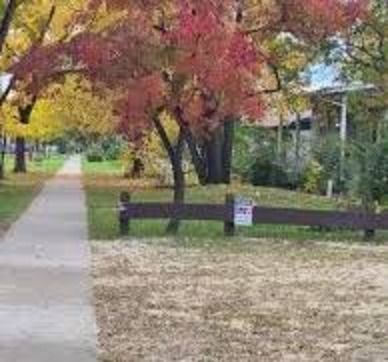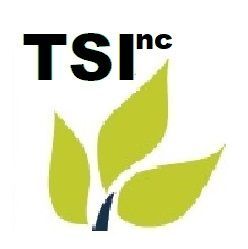Tree Care and Climate Change:
Trevor Soltys & Paul Kasper
🌳🌍 What You Need to Know
~ As climate change reshapes ecosystems across the globe, trees—those silent sentinels of our landscapes—are facing unprecedented challenges. From shifting weather patterns to invasive pests, the health and longevity of trees are increasingly at risk. For arborists, gardeners, and everyday tree lovers, understanding how climate change affects tree care is no longer optional—it's essential.
Let’s dig into how climate change is impacting trees and what you can do to help them thrive in a warming world.
🌡️ Climate Change and Tree Stress: A Growing Concern
Trees are remarkably resilient, but they’re not invincible. Climate change introduces a host of stressors that can weaken trees over time:
- Temperature Extremes: Warmer winters and hotter summers disrupt the dormancy cycles of many tree species. Some trees may bud too early, only to be damaged by late frosts. Others may struggle to survive prolonged heat waves.
- Drought and Water Stress: Shifting precipitation patterns mean some regions are experiencing longer dry spells. Trees that once thrived in moist environments may now suffer from dehydration, leading to stunted growth, leaf scorch, and increased vulnerability to disease.
- Storm Intensity: More frequent and severe storms can cause physical damage to trees—broken limbs, uprooting, and soil erosion around roots. Recovery from such events can take years, and repeated trauma may be fatal.
- Changing Hardiness Zones: As average temperatures rise, the USDA Plant Hardiness Zones are shifting. Trees that were once well-suited to a region may no longer be viable, while new species may begin to encroach.
🐛 Pests and Diseases on the Move
One of the most insidious effects of climate change is the migration of pests and pathogens:
- Expanded Ranges: Warmer temperatures allow insects like the emerald ash borer and pine beetle to expand their territory. These pests can decimate entire tree populations in a matter of years.
- Longer Breeding Seasons: Milder winters mean some pests survive year-round, leading to more generations per season and increased infestation pressure.
- Weakened Defenses: Trees under climate stress are less able to produce defensive compounds, making them easier targets for insects and fungi.
🌱 Adapting Tree Care Strategies
Tree care in the age of climate change requires a proactive, flexible approach. Here are key strategies to consider:
1. Choose Climate-Resilient Species
When planting new trees, opt for species that are better adapted to your region’s evolving climate. Native trees are often more resilient, but even they may need to be reevaluated as conditions change. Consider drought-tolerant, pest-resistant varieties that can handle temperature fluctuations.
2. Diversify Your Landscape
Monocultures are highly vulnerable to pests and disease. By planting a variety of tree species, you reduce the risk of widespread loss and create a more resilient ecosystem.
3. Monitor Soil Health
Healthy soil is the foundation of tree vitality. Mulching, composting, and avoiding compaction help maintain moisture and nutrient levels. In drought-prone areas, consider installing drip irrigation systems to deliver water efficiently.
4. Prune with Purpose
Regular pruning helps trees withstand storms and reduces the risk of disease. Focus on removing dead or weak branches, improving airflow, and shaping the canopy to reduce wind resistance.
5. Stay Vigilant for Pests
Early detection is key. Learn to recognize signs of infestation—chewed leaves, boreholes, unusual leaf drop—and report outbreaks to local forestry or agricultural agencies. Integrated pest management (IPM) techniques can help control populations without harming beneficial insects.
6. Support Urban Tree Programs
Urban trees face unique challenges, from heat islands to pollution. Supporting municipal tree planting and maintenance programs can help cities adapt to climate change while improving air quality and reducing energy costs.
🌍 Trees as Climate Allies
While trees are vulnerable to climate change, they’re also part of the solution. Trees absorb carbon dioxide, cool the air, and stabilize soil. Caring for them isn’t just about preserving beauty—it’s about protecting the planet.
- Carbon Sequestration: Mature trees store significant amounts of carbon. Preserving old-growth forests and planting new trees are both critical strategies in climate mitigation.
- Cooling Effect: Trees reduce urban temperatures by providing shade and releasing moisture through transpiration. This can lower energy use and improve public health.
- Biodiversity Support: Trees provide habitat for countless species. A healthy tree canopy supports birds, insects, and mammals, contributing to ecosystem resilience.
🌳 Final Thoughts
Tree care in the era of climate change is both a challenge and an opportunity. By adapting our strategies and deepening our understanding, we can help trees survive—and even thrive—in a changing world. Whether you’re tending a backyard maple or stewarding a community forest, your actions matter.
So plant wisely, prune thoughtfully, and stay curious. The trees are counting on us.
